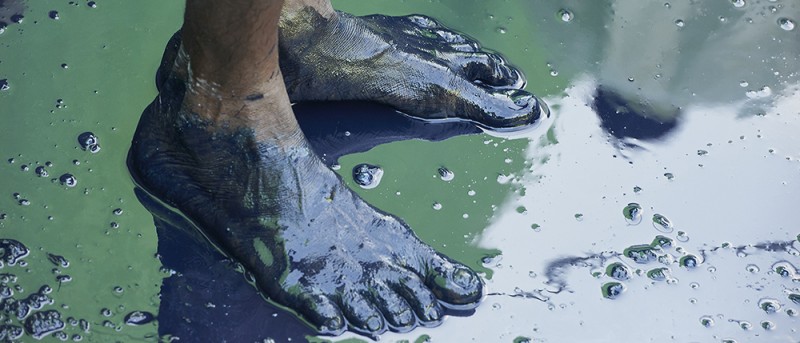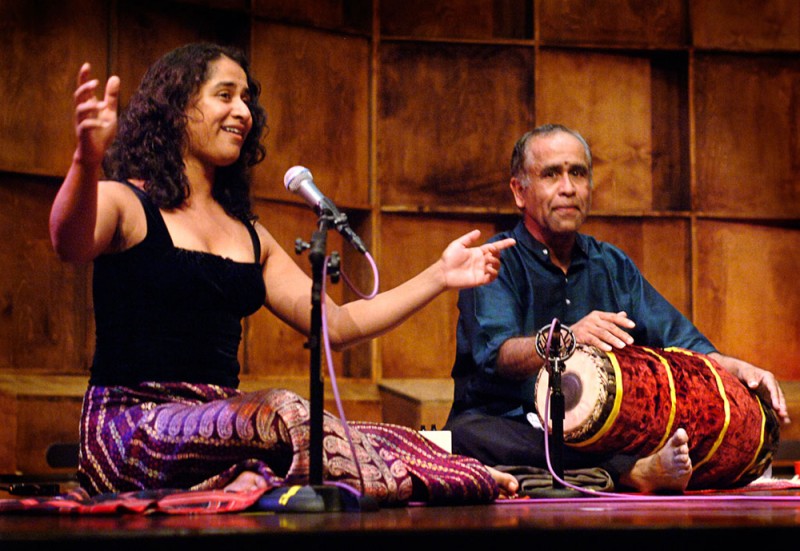Feet of Blue, by Tim McLaughlin, MAIWA
By Alison Mackay, program creator
The tropical plant called indigoferia tinctoria has been cultivated for thousands of years in the south of Asia and Africa. It yields an intense blue dye which came to be known in the ancient world as “indigo,” a Greek word which means “from India.”
When the sea routes from Europe to the Far East were discovered, cakes of indigo started to flood the European market and the dye became an important commodity in the economy of Europe, as demand for blue clothing began to sweep the continent.
Indigo was used for the silk gowns of aristocrats who listened to courtly baroque music at their banquets. It was used for the denim working clothes of the poorest members of society who enjoyed street music in the public spaces of Venice and Paris. It was used in India for fine clothing at noble courts where South Indian classical music was performed. And it was used for the simple garments of farm workers—women and men who sang work songs in the rhythm of their labours.
Exploring the theme of class and caste in Europe and India, The Indigo Project will present the music of the highest and the lowest in European and Indian societies in the 17th and 18th centuries. We’ll be making connections between the music of Lully, Corelli, and Handel, and the popular music of the time—ballads of the blind musicians who sang of the latest news on the bridges of northern Italian cities, popular songs of guild workers from Paris, and political broadsides from London.
Suba Sankaran (voice, percussion) & Trichy Sankaran (mridangam, kanjira, solkattu). Photo by Greg Locke
Guiding us on our journey to the indigo fields of Southern India will be two famous performers from the world of South Indian classical music. We are pleased that the brilliant singer, Suba Sankaran, and her father Trichy Sankaran, one of India’s most renowned percussionists, will be joining the orchestra, led by Music Director Elisa Citterio, on the Tafelmusik stage.


